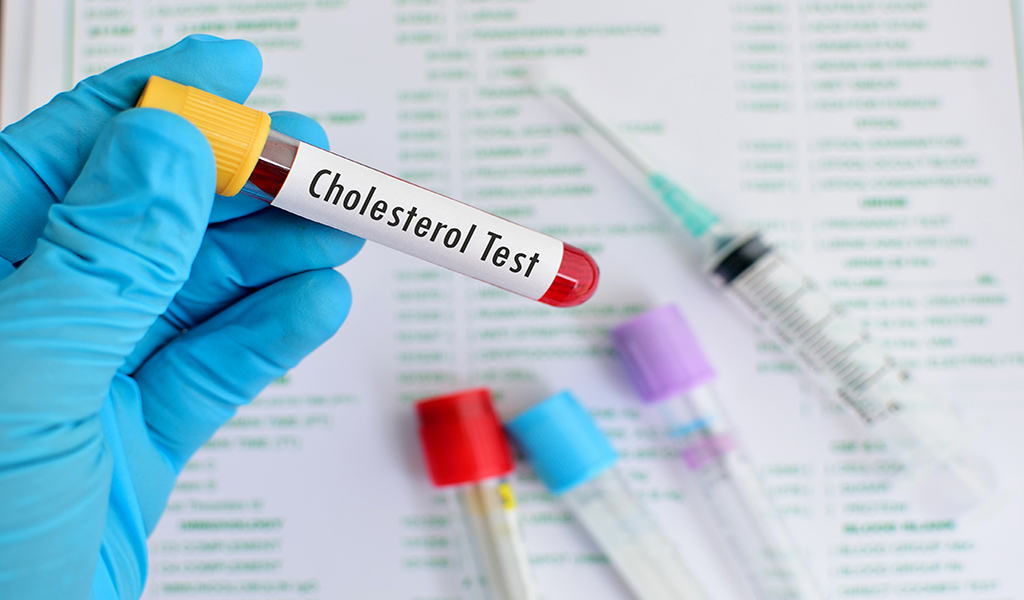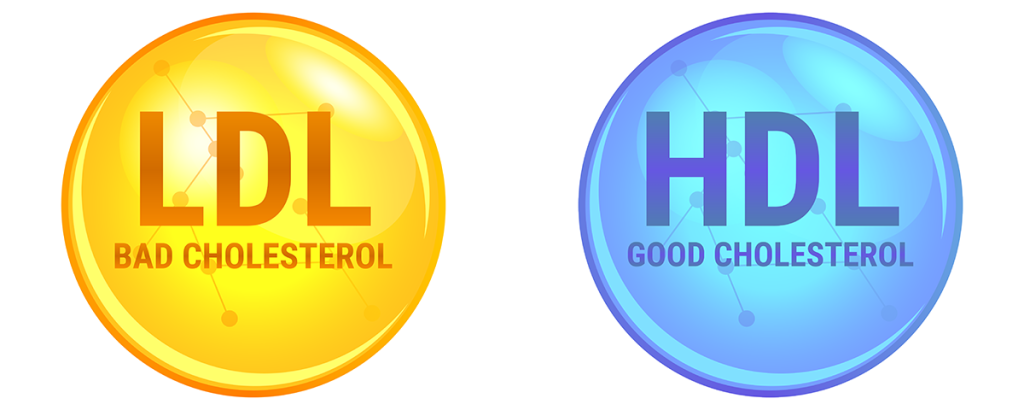According to a study by the World Health Organisation, India accounts for at least one-fifth of the 17.9 million cardiovascular disease-related deaths globally, especially in the younger generation.
A big drawback is the lack of knowledge and awareness about heart health.
Although cholesterol has a negative image, it is actually necessary for our bodies to function.
However, not all cholesterol is created equal. There are two types of cholesterol – bad cholesterol (Low-Density lipoprotein or LDL) and good cholesterol (High-Density Lipoprotein).
In this blog, we’ll explore the science behind bad and good cholesterol. Here’s what you can do to maintain healthy cholesterol levels.
LDL vs HDL cholesterol – What is the difference?
LDL and HDL are two types of lipoproteins. They are a combination of fat (lipid) and protein. Lipids, which include cholesterol, triglycerides, and other types of fats, are not water-soluble and cannot circulate freely in the blood. They need to be bound to proteins, forming complexes called lipoproteins, to be transported through the bloodstream. These lipoproteins are further classified based on their density, High-Density Lipoprotein or “good cholesterol” and Low-Density Lipoprotein or “bad cholesterol”.
LDL and HDL have different purposes:
HDL or High-Density Lipoprotein is often referred to as ‘good cholesterol’. It transports cholesterol to your liver from different parts of your body. The liver then flushes out this cholesterol from the body.
LDL or Low-Density Lipoprotein is often referred to as ‘bad cholesterol’. When LDL cholesterol levels are high, the excess cholesterol can accumulate in the walls of your arteries, leading to plaque formation. Over time, the plaque can harden and make your arteries narrow, therefore compromising the blood flow and increasing the risk of heart attack and stroke.
Normal levels of HDL and LDL
Normal levels of HDL and LDL cholesterol can be different based on age, gender, and other health factors. Generally, healthy total cholesterol levels should be less than 200 mg/dL. Given below are the normal levels for HDL and LDL cholesterol:
- HDL cholesterol: 60 mg/dL or higher levels are considered protective against heart disease, while below 40 mg/dL (for men) or 50 mg/dL (for women) may increase the risk of heart disease.
- LDL cholesterol: Levels less than 100 mg/dL are considered optimal, while levels between 130-159 mg/dL are borderline high, and levels above 160 mg/dL are considered high.
Considering the importance of cholesterol levels when it comes to heart health, our experts recommend getting regular cholesterol tests at least twice a year.

How can we increase our good cholesterol and decrease our bad cholesterol?
There are many ways to increase good cholesterol and decrease bad cholesterol:
- Eat a heart-healthy diet: Eating a heart-healthy diet low in saturated and trans fats is one way to achieve this. Foods such as beef, pork, cookies, and desserts have the potential to raise our LDL cholesterol levels. Instead, we should prioritise lean meats like chicken, fibre-rich foods such as fruits, vegetables, and whole grains, and healthy fats such as nuts, seeds, and fatty fish.

- Do Regular exercise: Physical activity can increase HDL cholesterol levels while decreasing LDL cholesterol levels. Consistent exercising strengthens the heart muscle, keeps your weight under control and wards off artery damage from high cholesterol, high blood sugar and high blood pressure that can lead to heart attack or stroke.
- Quit smoking: Smoking can elevate bad cholesterol and decrease healthy cholesterol. High cholesterol levels in your blood can lead to plaque formation in your arteries causing them to become narrower.
For some people, medication may be necessary to control cholesterol levels. Often, people with low LDL cholesterol levels are prescribed statins, and in some cases, niacin and fibrates to raise HDL cholesterol levels.
Conclusion
Maintaining healthy cholesterol levels is crucial for good heart health. By following a healthy lifestyle with a balanced diet, physical exercise and avoiding smoking and alcohol consumption, one can reduce the risk of heart disease.
Remember, it’s not about eliminating all cholesterol from your diet but about maintaining a healthy balance between good and bad cholesterol.
Additionally, you can rely on TrueBasics Heart Omega-3 for your heart health. Made from India’s first clinically researched Superba Krill Oil, it has four heart-strengthening ingredients – Omega-3, Phospholipids, Astaxanthin & Choline. These together help in reducing bad cholesterol levels and reducing triglycerides by 33% with regular consumption for 26 weeks.














